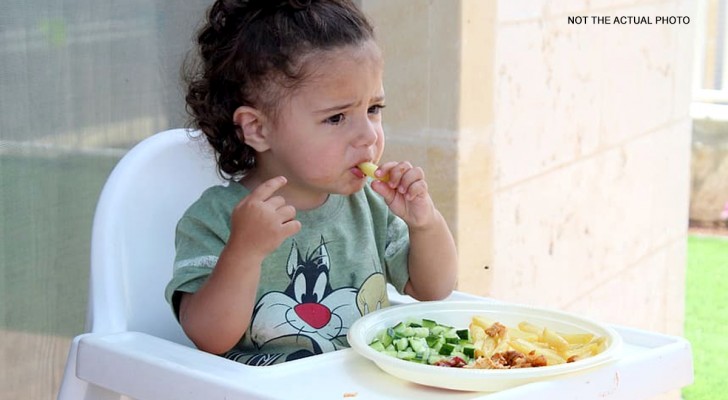6 eating habits that help Japanese women stay slim and fit

Obesity is a problem that is spreading in a very frightening way even in countries where up to a few years ago there was no trace.
However, we all have noticed that in Asia there still persists a substantial tendency for people to stay slim and fit throughout the course of their lives. "How do they do it?', many people, especially women, often wonder.
Today, let's look at some of the food-related aspects that make it so that in Japan, for example, people are always slim and trim.
via bbcgoodfood.com
A rich and varied diet

If you are familiar with Japanese cuisine, then you know how varied and rich it can be (who said they only eat sushi?!?). The Japanese eat everything but always in a varied and balanced way, avoiding junk food and hypercaloric food. Another important aspect of Japanese cuisine that it is concerned with the consumption of foods naturally available for a given season.
There are so many ways to cook Japanese food
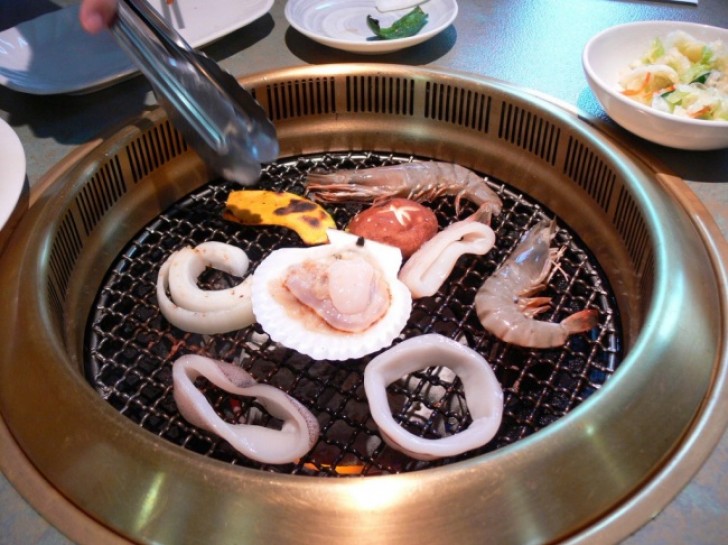
Stewed, grilled, steamed or fried --- Japanese food can be cooked in many different ways, but always with a certain amount of attention to maintaining its nutritional content. Even when frying, in fact, the Japanese tend to slice the food very thin to speed up the cooking process.
Vegetable broth is the basis of many dishes and Japanese cuisine also makes limited use of spices because what tends to exalt a dish is the natural flavor and appearance of the ingredients.
The culture of food

Compared to countries with a lower interest in culinary arts in general, Japan stands out among those who know and apply culinary skills to the best. The consumption of a meal is also considered a true ritual in which it is important to eat slowly, to serve only right-sized portions and to separate the dishes so that the aesthetic features can be appreciated.
Rice in place of bread
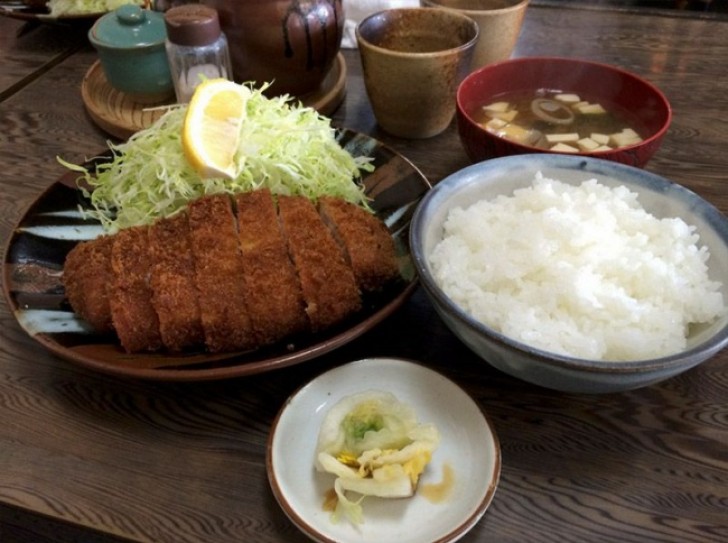
One of the most striking differences in Japan (but in Asia in general), is that bread is not eaten with food, which can be prepared with a number of ingredients that contain fat, but is served instead with unsalted plain white rice.
Breakfast is considered a fundamental meal
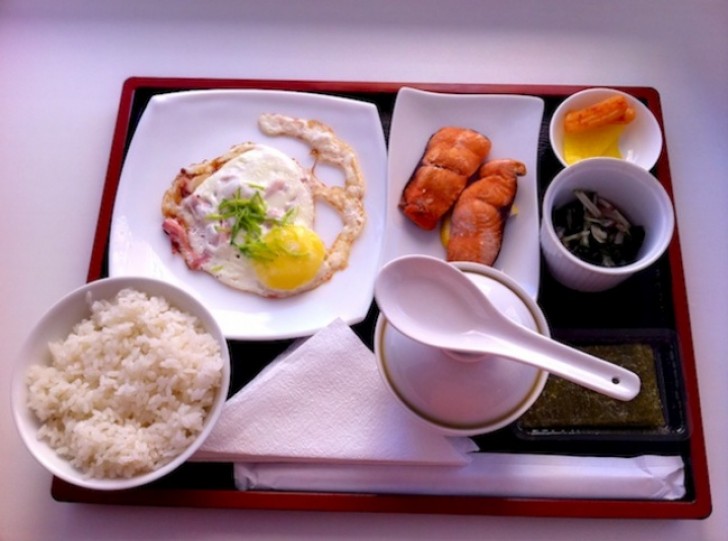
Instead of consuming foods made exclusively of carbohydrates (not to mention those who skip breakfast altogether), in Japan, this meal is rich and nutritious. You eat mostly salty food and with a proper mix of nutritional values that really helps to deal with the first part of the day without running into glycemic peaks that can provoke a significant lowering of energy and loss of concentration. Among the most common foods for breakfast are rice, fish, omelets, miso soup, soybeans with vegetables, seaweed, and tea.
Few sweets
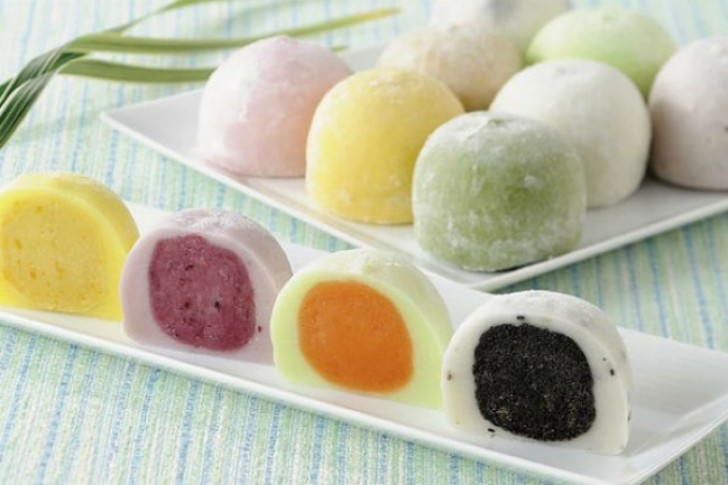
Asians do not delight in eating sweets and desserts like many people in other countries. In fact, sweets or desserts are reserved for special occasions and in any case, is consumed in small quantities. Japanese sweets, among other things, are often made with such low-fat and low sugar ingredients that, in fact, for many people from the west, these may not taste like sweets or desserts at all!
Cover image: HD Fondos
